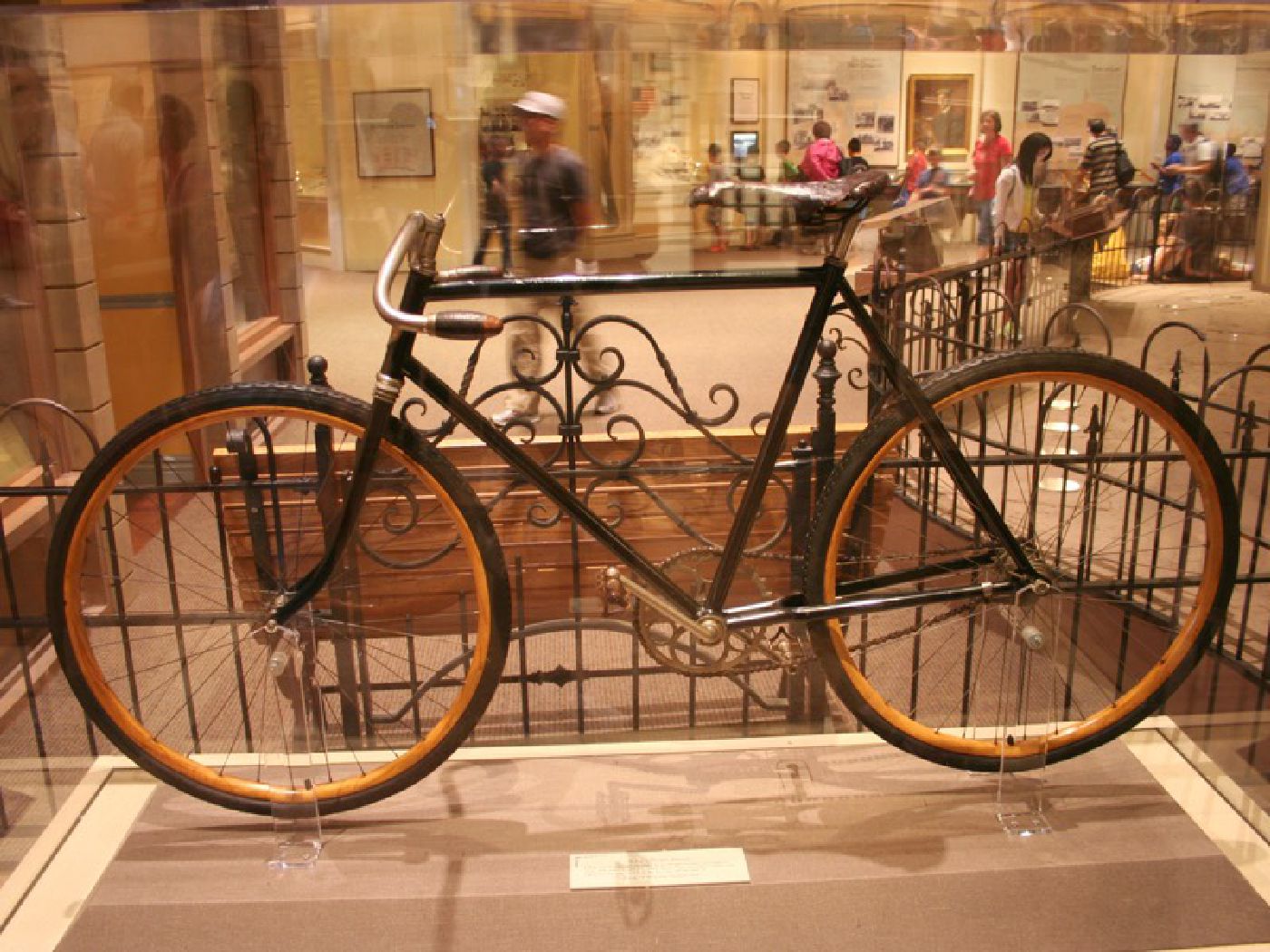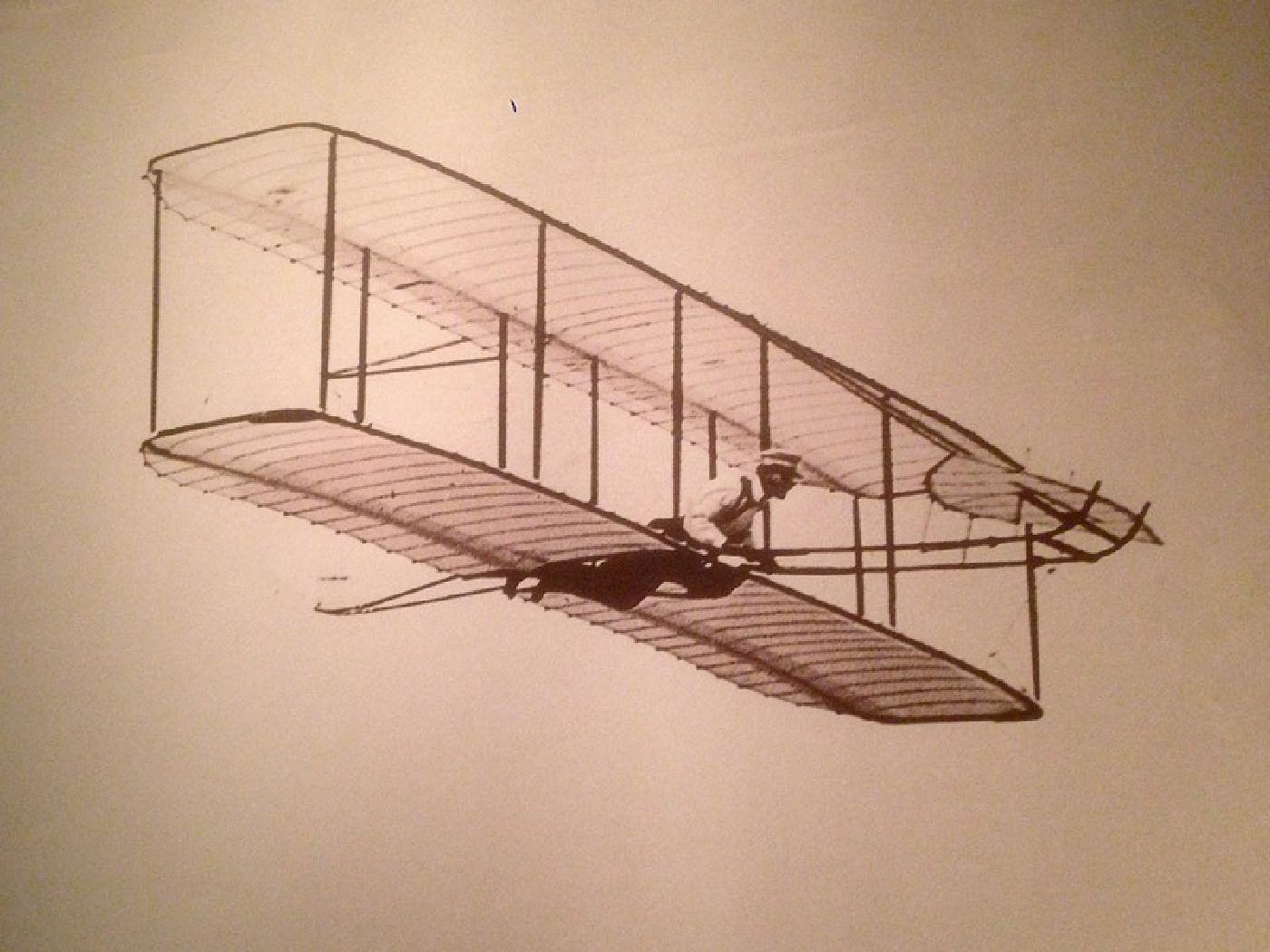
Designing the
Wright Way
The Wright Brothers’ Story is Really a Story about Achieving a Goal Incrementally Using Imagination,
Iteration & Invention
From a humble bicycle repair business in Dayton, Ohio – to the historic flight at Kitty Hawk – the Wright Brothers' story inspires with lessons about the power of incremental successes using imagination, innovation, iteration and invention.
Manned flight had been a dream for millennia – but two brothers in Dayton Ohio, who owned a bicycle repair shop – made that dream a reality.
The Wright Brothers opened their bicycle repair shop in 1892, and four years later, they branded and sold a new line of bicycles – the Wright Cycle. This was only the beginning of their entrepreneurial endeavors. These ambitious dreamers were not content making bicycles. They lived in the 1890s which marked the dawn of the age of flight. Reports and photos of gliders came to America from Europe, and they captivated the brothers with the idea of flight.
Armed with all the information they could get their hands on from the Smithsonian Institution, as well as the early drawings of Leonardo de Vinci, the two began their quest to develop a self-powered, heavier-than-air flying machine. (Continues)

The Wright Brothers started a bicycle repair shop in 1892; made their own brand the Wright Cycle in 1896 – and started dreaming of flight.

After studying the work of aeronautical engineers and Leonardo de Vinci, the Wrights developed a simple kite to learn more about flight.

Incremental improvements to their airfoils, helped them advance beyond pilotless kites to fly the Wright Glider and develop flight controls.

After hundreds of iterations to wing, propeller and light-weight engine designs, the Wright Brothers' made the first powered flight.
Wilbur Wright was once quoted as saying, “The desire to fly is an idea handed down to us by our ancestors who...looked enviously on the birds soaring freely through space...on the infinite highway of the air.”
Orville Wright once marveled that the principles of flight had not been discovered sooner. He said, “Isn't it astonishing that all these secrets have been preserved for so many years just so we could discover them!"
The Wright Brothers' development was rapid, advancing from the Wright Kite in 1900 to the Wright Flyer in just 3 years. The Wrights took an incremental – and sometimes trial-and-error – development approach. By overcoming small individual challenges – of which there were many – the Wrights built up small successes sequentially, linked them together, and were able to achieve great breakthroughs.
The Wrights faced many challenges – any one of them could have kept them from achieving their goal – and dash their hopes at Kitty Hawk. There were uncertainties about how the air interacted with wings and flight control surfaces. More than 200 different wing design iterations were drafted and tested before the final wing was built and flown in 1903. Early wings and control surfaces were warped using crude levers to achieve basic maneuverability.
As the Wrights got closer to powered flight, they ran into even more technical barriers.
While Leonardo de Vinci had envisioned human-powered flight, he did not have the internal combustion engine available to him, which proved necessary for aircrafts to fly on their own. Although the Wrights had internal combustion engines, the existing engines were far too heavy to use in aircrafts. So the Wrights had to design and build their own engine using one of the first aluminum blocks – and in record time – to attain optimal power-to-weight ratios for flight – and stay ahead of their competitors.
Propellers proved to be another big problem. How much power would they need? How fast do they need to rotate? How big should they be? What materials are best?
To answer these questions, they borrowed data from marine propeller makers. This served as there starting point, to which they created their own propeller data.
These are just a few of the problems that stood between the Wrights and first flight. Any one of these individual small challenges, left unconquered, would have grounded the Wrights and prevented them from reaching their goal.
When that historic day, December 17, 1903, arrived, the Wright's first flight didn't mark the end of innovation, but just the beginning of innovation for the fledgling aviation industry.
The Wrights' systematic and incremental approach to discovery and development provides a useful pattern for modern designers to follow. Their imagination, innovation, iteration and invention – far beyond their original bicycle business – are not just inspiring, but offer a pattern for us to follow as we reach for our own dreams and try to achieve what others say is "impossible."
(Photos were taken at the Museum of Flight in Seattle, Washington, as well as resources held in the public domain.)
“The desire to fly is an idea handed down to us by our ancestors who...looked enviously on the birds soaring freely through space...on the infinite highway of the air.”
“Isn't it astonishing that all these secrets have been preserved for so many years just so we
could discover them!"
Brian Self is a freelance UI/UX & Visual Designer located in the Greater Seattle area.